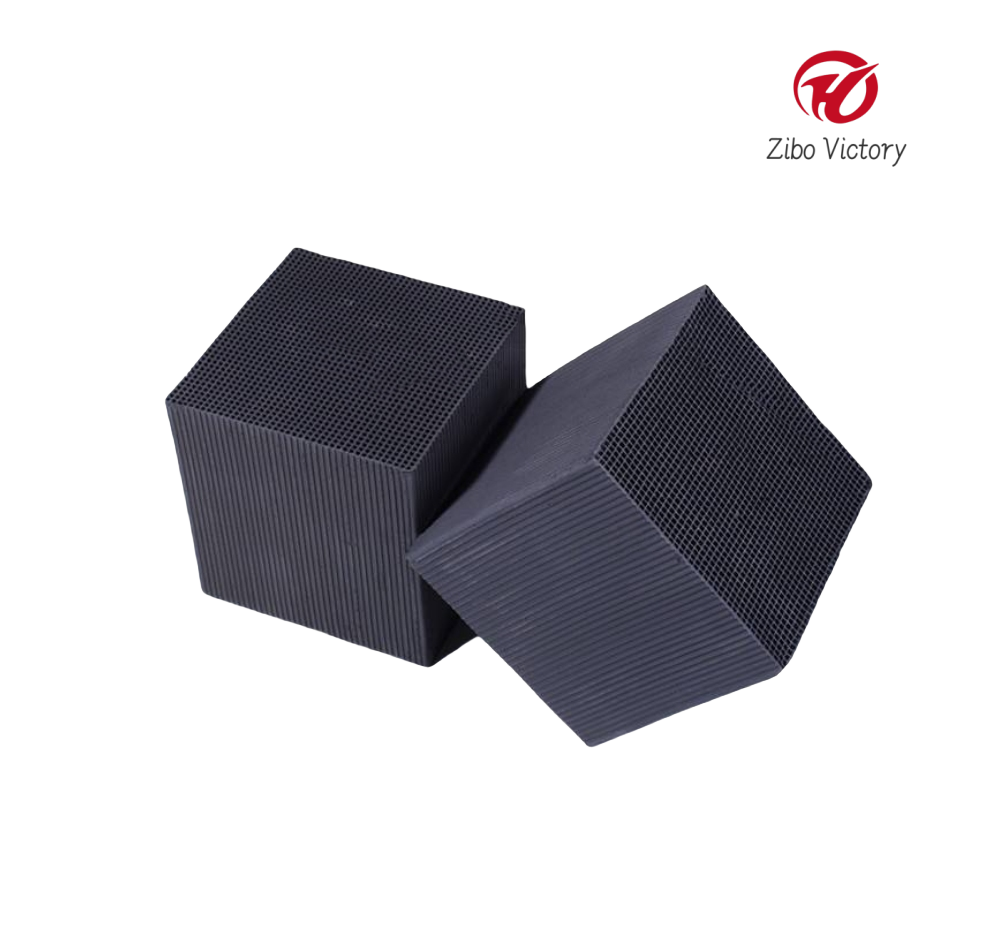Adsorption Efficiency of Activated Carbon: Mechanisms, Factors, and Applications

http://zibovictroy.com/product-23.html
Activated carbon (AC) is a highly porous material widely used for adsorption due to its exceptional surface area and chemical reactivity. This article explores the mechanisms behind activated carbon’s adsorption efficiency, factors influencing its performance, and its applications in environmental and industrial processes. Key variables such as pore structure, surface chemistry, contact time, and operational conditions are critically analyzed to provide insights into optimizing adsorption systems.
1. Introduction
Activated carbon, a carbonaceous material processed to develop high porosity, is a cornerstone of adsorption technology. Its ability to remove contaminants from gases and liquids stems from its extensive surface area (typically 500–1,500 m²/g) and tunable surface properties. Adsorption efficiency—defined as the capacity and rate at which AC captures target molecules—depends on both intrinsic material properties and external operational parameters. This article examines the interplay of these factors and their implications for real-world applications.
2. Mechanisms of Adsorption
The adsorption process in AC occurs via two primary mechanisms:
2.1 Physical Adsorption (Physisorption)
Driven by van der Waals forces, physisorption relies on the porous structure of AC. Micropores (<2 nm) provide high surface area for trapping small molecules, while mesopores (2–50 nm) facilitate diffusion of larger pollutants.
2.2 Chemical Adsorption (Chemisorption)
Chemisorption involves covalent or ionic bonding between adsorbate molecules and functional groups (e.g., oxygen, nitrogen) on AC’s surface. This mechanism is critical for removing polar or charged contaminants like heavy metals or organic dyes.
3. Factors Influencing Adsorption Efficiency
3.1 Pore Structure and Surface Area
Micropores: Dominant in adsorption of small molecules (e.g., volatile organic compounds (VOCs)).
Mesopores and Macropores: Enhance diffusion kinetics for bulkier molecules (e.g., pharmaceuticals, dyes).
Surface area alone is insufficient; pore size distribution must align with target adsorbate dimensions.
3.2 Surface Chemistry
Oxygen-containing groups (carboxyl, hydroxyl) improve affinity for polar compounds.
Nitrogen-doped AC enhances selectivity for acidic gases (e.g., CO₂, H₂S).
3.3 Operational Conditions
Temperature: Physisorption efficiency decreases at higher temperatures, while chemisorption may improve.
pH: Affects ionization of adsorbates (e.g., metal ions adsorb best at high pH).
Contact Time: Longer exposure increases equilibrium uptake but may reduce throughput.
3.4 Adsorbate Properties
Molecular weight, polarity, and solubility dictate adsorption affinity. Hydrophobic organics (e.g., benzene) are preferentially adsorbed.
3.5 Competitive Adsorption
In multi-component systems, larger or more reactive molecules may block pores or displace weaker adsorbates.
4. Applications of Activated Carbon
4.1 Water Treatment
Removes organic pollutants (pesticides, pharmaceuticals), chlorine, and odors.
Efficiency tested via isotherm models (Langmuir, Freundlich).
4.2 Air Purification
Captures VOCs, NOx, and airborne pathogens in industrial and residential settings.
4.3 Industrial Processes
Solvent recovery in manufacturing; gold extraction in mining.
5. Challenges and Optimization Strategies
5.1 Regeneration and Reusability
Thermal regeneration (300–900°C) restores capacity but degrades AC over cycles.
Chemical regeneration (e.g., solvents) faces cost and waste disposal issues.
5.2 Cost-Effectiveness
Production from biomass waste (e.g., coconut shells, wood) reduces costs.
5.3 Emerging Modifications
Composite materials (e.g., AC with nanoparticles) enhance selectivity for specific pollutants.
6. Conclusion
Activated carbon remains a versatile adsorbent due to its adaptable structure and surface properties. Maximizing adsorption efficiency requires balancing pore architecture, chemical functionality, and process conditions. Future research should focus on sustainable regeneration methods and tailored AC designs for emerging contaminants.
References
(Note: Include relevant citations to peer-reviewed journals, books, or standards here.)
This article provides a comprehensive overview suitable for academic or industrial audiences. Let me know if you need adjustments or additional details!



 Send Email
Send Email +8613325203316
+8613325203316